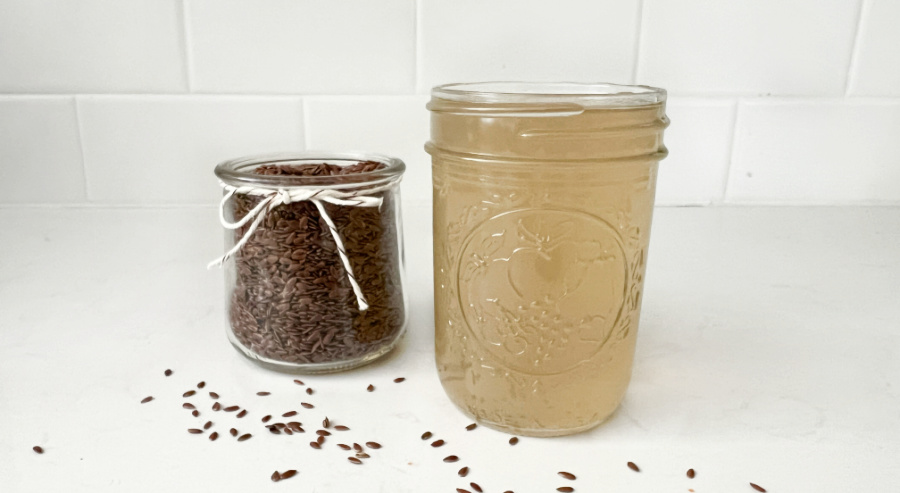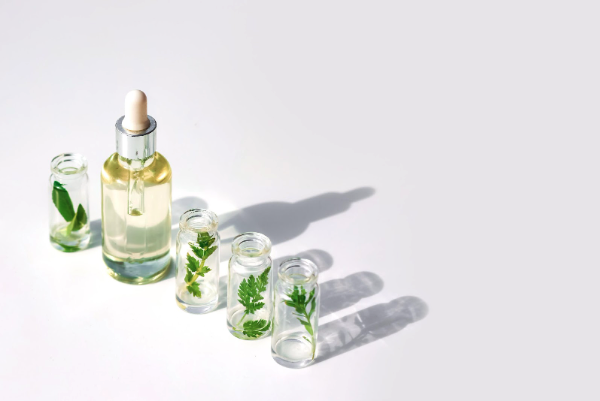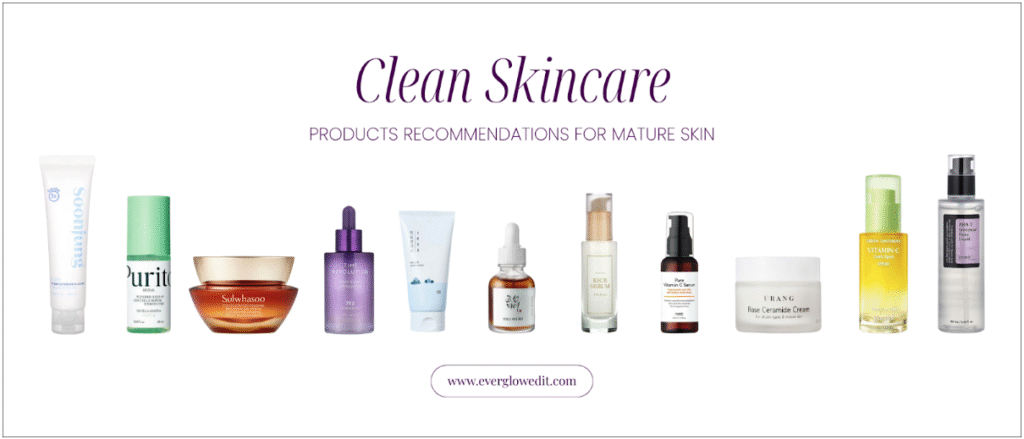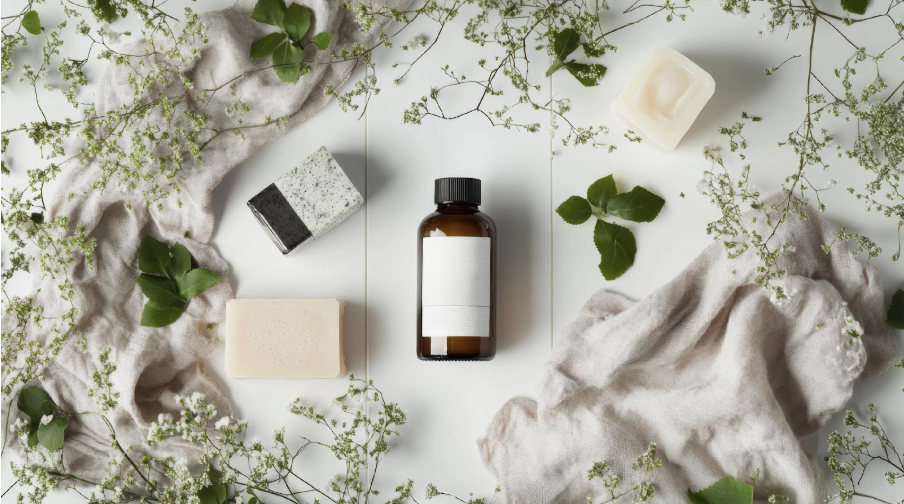If you’ve been searching for a natural way to boost hair growth and get that silky, frizz-free shine, flaxseed might just become your new best friend. I’ve personally seen amazing results using a simple flaxseed gel hair mask, and the best part? You only need two ingredients to make it at home.
In this post, I’ll walk you through how to make flaxseed gel for hair growth, how to apply it, and why this humble seed can transform your hair—whether you’re dealing with dryness, frizz, or thinning.
What Is Flaxseed (and Why It’s Good for Hair Growth)
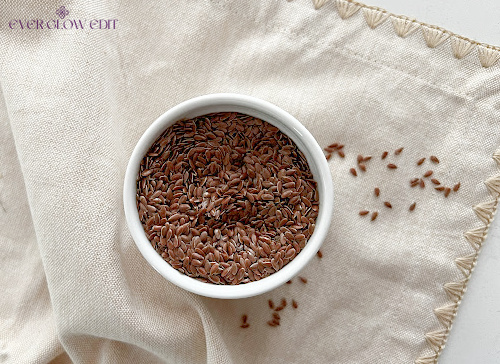
Flaxseed, also known as linseed, comes from the flax plant (Linum usitatissimum). These tiny brown or golden seeds are packed with omega-3 fatty acids, vitamin E, and antioxidants—all essential nutrients that support a healthy scalp and strong hair growth.
So, is flaxseed good for hair growth?
Absolutely. The nutrients in flaxseed help reduce scalp inflammation, nourish hair follicles, and improve overall scalp health—all key factors that encourage new hair growth.
And if you’ve ever wondered, does eating flaxseed help hair growth? The answer is yes! Consuming flaxseed or flaxseed oil supports your hair from the inside out by providing fatty acids and antioxidants that encourage stronger, shinier strands.
What Is Flaxseed Gel?
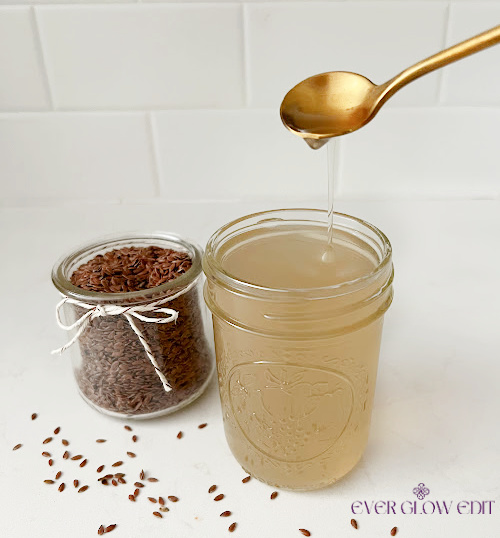
This post may contain affiliate links. Please read disclosure.
Flaxseed gel is a natural, DIY hair treatment made by boiling flaxseeds in water until they form a thick, jelly-like consistency. This flaxseed gel for hair growth has become a cult favorite because it:
- Adds slip and moisture, perfect for detangling curly or frizzy hair
- Reduces frizz and defines curls
- Strengthens hair from root to tip
- And, most importantly—stimulates healthy hair growth
The omega-3 fatty acids in flaxseed gel deeply nourish the scalp, while vitamin E helps protect hair from damage and dryness.
Whether you have curly, straight, or wavy hair, this natural gel can fit into your routine beautifully. In fact, many people swear by flaxseed gel for straight hair to achieve smoothness and shine without heat styling, while those with curls love the flaxseed oil for curly hair combo for extra definition and hydration.
How to Make Flaxseed Gel for Hair Growth
Here’s my tried-and-true flaxseed gel recipe that gives my hair the perfect balance of strength and shine.
Ingredients
- 30 grams of whole flaxseed ( I use Anthony’s Organic Brown Whole Flaxseed)
- 1 liter of water
Optional:
- A few drops of coconut oil or flaxseed and coconut oil for hair mix for extra nourishment
- 1 teaspoon of castor oil for added growth benefits (this combo of castor oil and flaxseed oil for hair growth is a game-changer!). Castor oil does wonders for skin and hair. I swear by this organic castor oil by Kate Blanc Cosmetics.
Instructions
- Boil flaxseed and water in a pot over medium heat for about 5 minutes with the lid on.
- Once it starts to boil, reduce heat and simmer for another 15–20 minutes until the mixture thickens to a gel-like consistency.
- Turn off the heat and let it cool slightly.
- Use a fine strainer or cheesecloth to strain the gel while it’s still warm.
- Store your flaxseed gel in an airtight jar and refrigerate it. It will last up to 14 days.
Tip: I usually make a small batch and use it within 7 days since I wash my hair every 2 days.
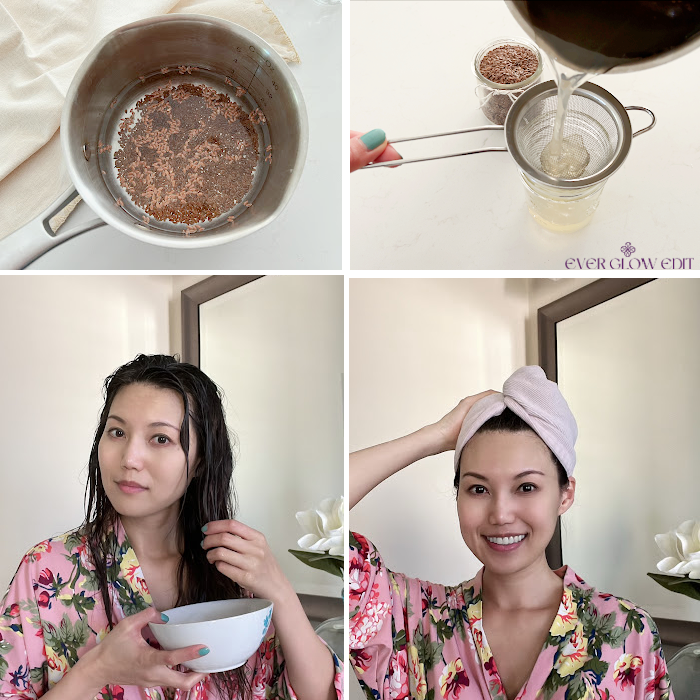
How to Apply Flaxseed Gel to Hair
Here’s how to use flaxseed gel for hair growth in your routine:
- Start with dry or damp hair. (If you’ve used a lot of styling products, shampoo first.)
- Apply the flaxseed gel to your scalp and along the length of your hair.
- Gently massage the scalp for a few minutes to boost circulation and help the gel penetrate.
- Leave it on for 30–60 minutes like a hair mask.
- Rinse thoroughly, then shampoo and condition as usual.
You can also use it as a flaxseed hair mask for hair growth before your wash day or as a light styling gel on damp hair for a defined, frizz-free finish.
My Flaxseed Hair Growth Results (Before and After)
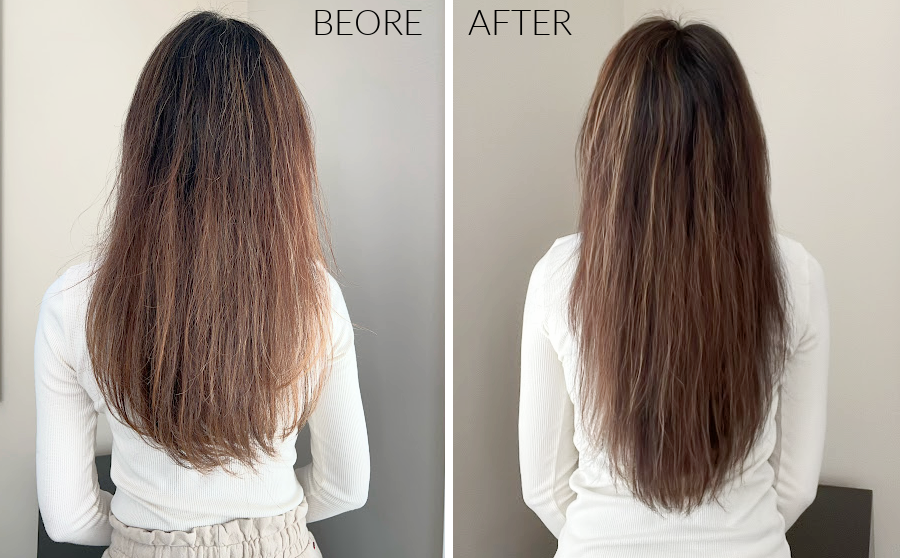
When I first tried flaxseed gel, I honestly didn’t expect much. But after the first use, I noticed my frizz was dramatically reduced, and my hair felt softer.
After one month of consistent use, my strands were noticeably shinier and stronger, with fewer split ends.
By the three-month mark, my hair looked fuller, healthier, and had grown significantly. If you look at flaxseed gel for hair growth before and after photos online, you’ll see similar amazing transformations—and I can personally vouch for those results.
Extra Benefits of Flaxseed Gel for Hair
Beyond hair growth, flaxseed gel has tons of other perks:
- Moisture retention: Keeps hair hydrated and reduces breakage.
- Scalp health: The flaxseed oil for dandruff effect helps calm itchiness and flaking.
- Natural shine: Leaves your hair glossy and soft.
- Grey hair care: Some even use flaxseed oil for grey hair to help nourish aging strands and restore vitality.
If you prefer more hydration, try mixing flaxseed gel with coconut oil as a hair mask.
How Long Does It Take to See Results?
If you’re consistent—using the gel 2–3 times a week—you might notice smoother, shinier hair after the first few uses.
Visible flaxseed hair growth results often show around 6–8 weeks, with stronger, thicker strands over time.
Final Thoughts on How to Use Flaxseed for Hair Growth
Incorporating flaxseed gel for hair growth into your routine is a simple, affordable, and natural way to get healthier, longer hair—without harsh chemicals.
Whether you’re dealing with dryness, frizz, or thinning, this nutrient-rich gel works beautifully for all hair types. Plus, it’s easy to make, store, and customize.
Give it a try and see the transformation yourself. Your hair (and scalp) will thank you!
Have you tried flaxseed gel yet?
Share your experience in the comments—and don’t forget to subscribe to our newsletter for more natural beauty and skincare tips.

